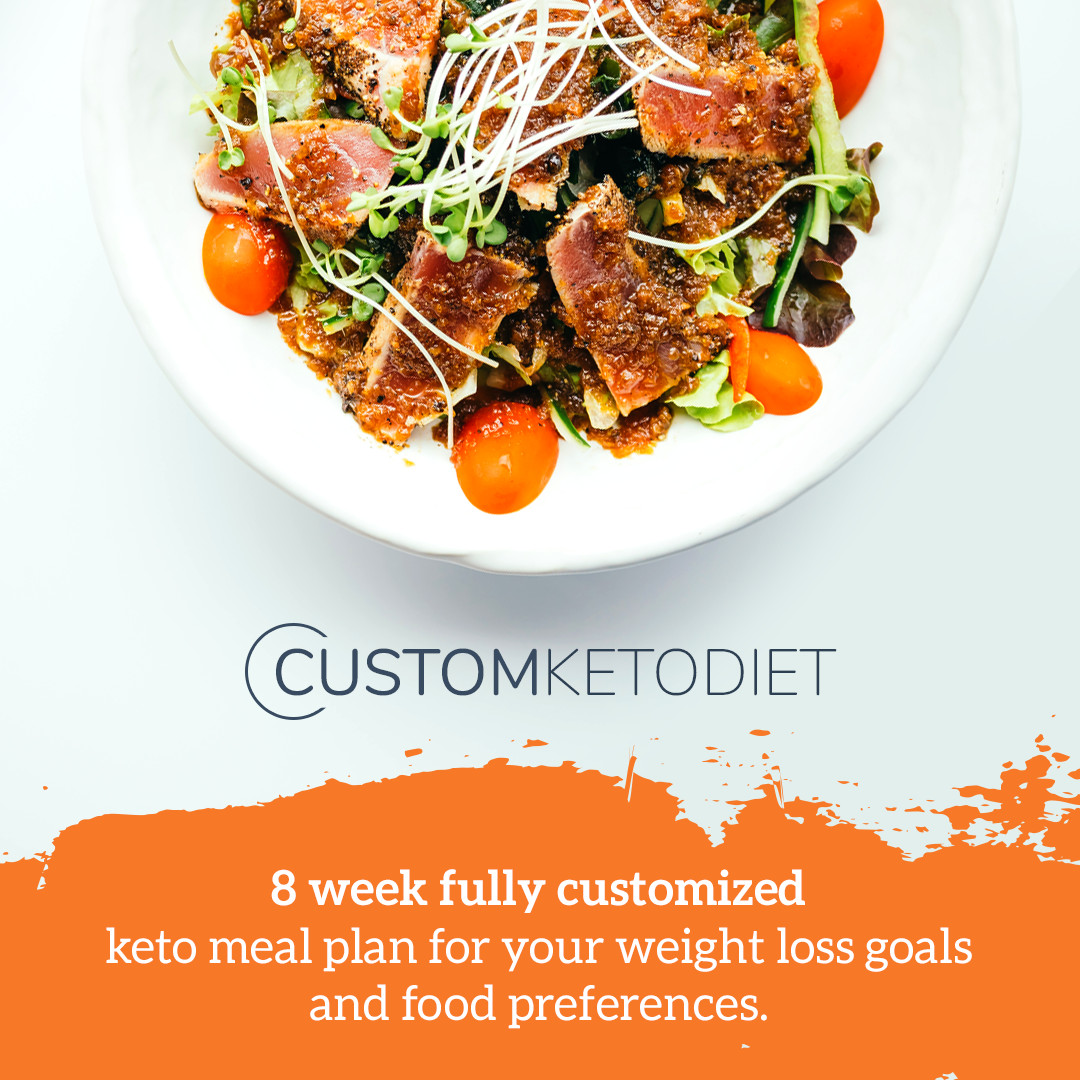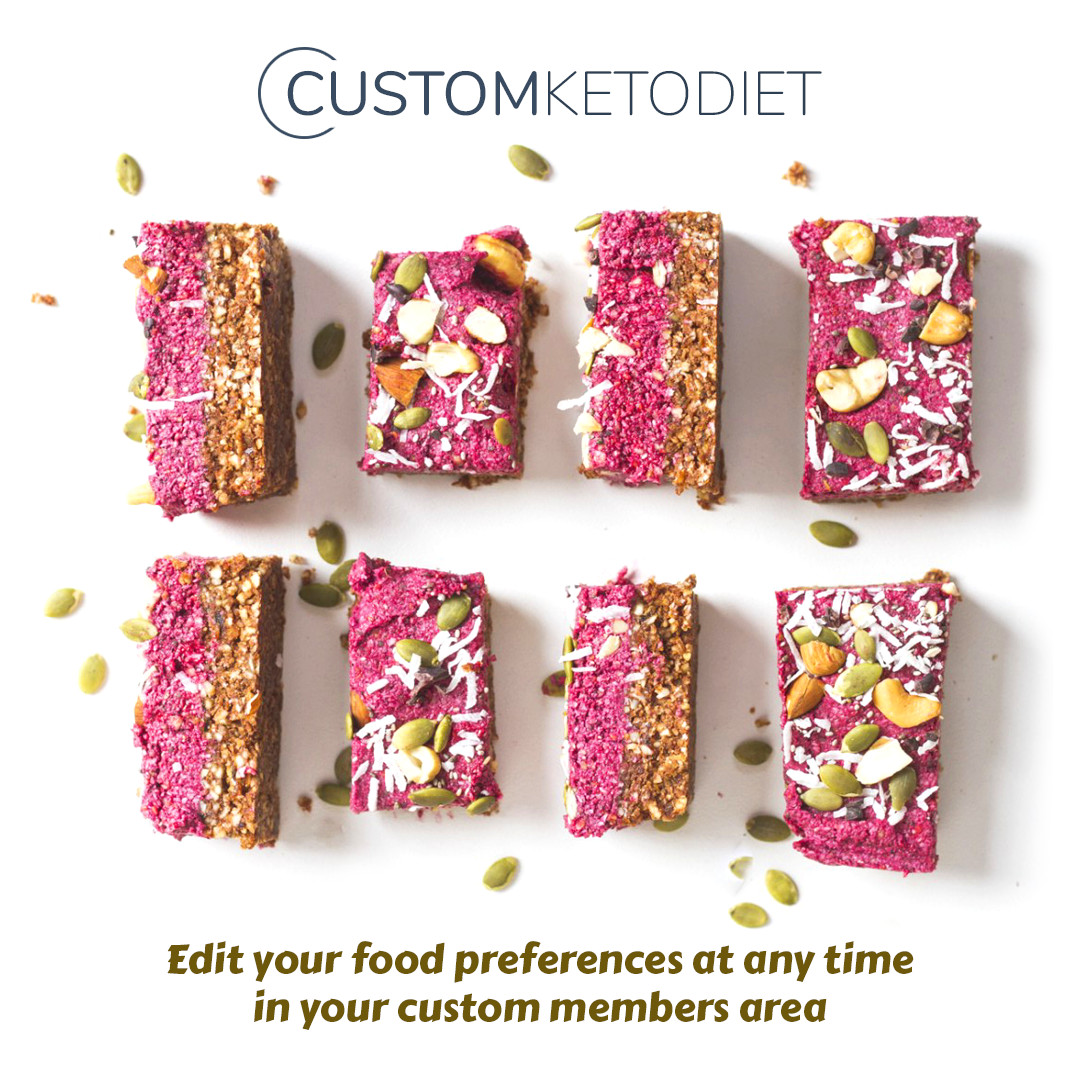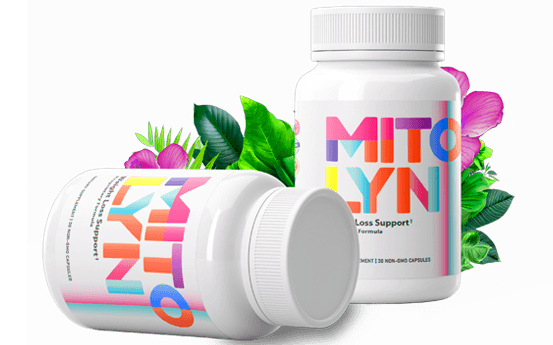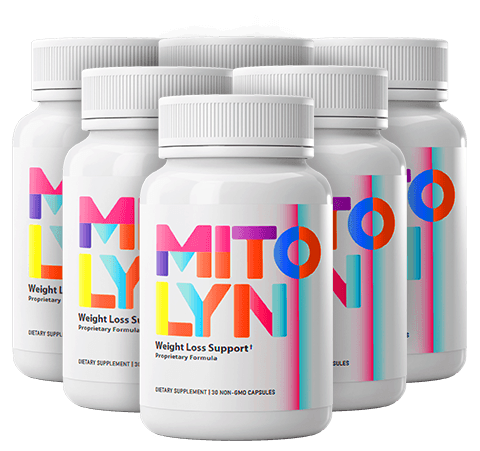
What if your plate could boost your energy and focus? Healthy Eating isn’t about strict rules. It’s about giving your body the nutrients it needs.
Imagine your meal with half colorful fruits and veggies, a quarter whole grains, and the rest lean proteins. This simple plan is backed by experts. Small changes like drinking water instead of sugary drinks can make a big difference.
Feeling lost in Nutrition Tips? You’re not alone. This guide helps you find your way. Learn how 5 daily servings of fruits and veggies boost your immune system.
Discover why whole grains are better than refined carbs for energy. Find out how oily fish twice a week is good for your heart. And learn to enjoy treats without feeling guilty.
Key Takeaways
- Fill half your plate with vegetables and fruits (excluding potatoes) for optimal blood sugar control.
- Choose whole grains like oats and quinoa instead of refined carbs for sustained energy.
- Incorporate 2 weekly fish servings, including oily options like salmon, for heart health.
- Replace sugary drinks with water, tea, or coffee to reduce empty calories.
- Pair your Balanced Diet with regular activity for maximum wellness benefits.
Understanding the Fundamentals of Healthy Eating
Nutrition isn’t just about counting calories. It’s about giving your body what it needs. Let’s explore the basics to make Healthy Eating easy and backed by science. Every bite affects your energy, immunity, and health.
The Nutrition Tips here are Dietitian Approved. You can trust the information.
The Science Behind Nutrition
Your body breaks down food into nutrients for energy and repair. The 2020-2025 Dietary Guidelines for Americans suggest balance, variety, and moderation. Think of your plate as a canvas.
Fill half with veggies and fruits. Add whole grains, lean proteins, and healthy fats. Don’t forget water—skip sugary drinks for better hydration.
Macronutrients vs. Micronutrients
- Macronutrients (carbs, protein, fats): Fuel daily activities and body functions.
- Micronutrients (vitamins/minerals): Support immunity, growth, and organ function in smaller amounts.
Combining both ensures you have energy and stay healthy. For example, spinach (iron + fiber) or salmon (protein + omega-3s) offers dual benefits.
Debunking Common Nutrition Myths
“Not all carbs are bad—your brain needs carbs for energy. Choose whole grains like oats or quinoa instead of refined sugars.”
Myth #1: “Fat makes you fat.” Healthy fats (avocados, nuts) keep you full and protect organs. Myth #2: “Detox diets are necessary.” Your liver and kidneys naturally detoxify—no juice cleanses required. Stick to whole foods over fads.
Not sure where to begin? A dietitian can help. Small changes, like swapping soda for water or snacking on apple slices with almond butter, can make a big difference.
The Benefits of a Balanced Diet for Your Body and Mind
A balanced diet is more than just counting calories. It’s your guide to a healthy life. By eating clean, you give your body what it needs to work well. Let’s see how this helps you every day.

“Your gut is your second brain,” says leading nutritionist Dr. Emily Carter. “What you eat directly shapes how you think and feel.”
- Physical Health: Eating right lowers heart disease, diabetes, and cancer risks. Foods like oats and greens keep your body balanced.
- Mental Clarity: Foods like salmon and walnuts make your brain work better. Foods like quinoa and avocados keep your energy steady.
- Emotional Well-Being: Your gut affects 95% of serotonin, which is key for happiness. Eating clean reduces mood swings and tiredness.
Start your day with a spinach and chia seed smoothie. It’s your body’s way of saying thanks for the energy. Lean proteins like turkey or lentils keep you full and strong. Even small changes, like choosing nuts over sweets, can improve your mood.
Science proves a balanced diet prevents vitamin and mineral shortages. Mindful eating, like tracking your meals, stops emotional eating. Every healthy choice strengthens your mind and body, leading to a vibrant life.
Essential Food Groups to Include in Your Daily Meals
Start with these key food groups in your meals. Clean Eating means eating whole foods for health. Here’s how to add each group to your diet.

Fruits and Vegetables: Your Nutrient Powerhouses
Fruits and veggies are packed with nutrients. Aim for 5+ servings a day. Each color has special nutrients. Eat berries for antioxidants, leafy greens for iron, and carrots for vitamin A. “Eat the rainbow” for the best health. Even frozen or canned options are good!
“The colors of fruits and vegetables reflect their unique phytonutrients and health benefits.”
- Dark green: Kale, spinach
- Red/orange: Tomatoes, sweet potatoes
- Beans/peas: Lentils, chickpeas
Whole Grains and Complex Carbohydrates
Choose whole grains over refined carbs for more fiber and nutrients. Go for brown rice, quinoa, or whole-grain pasta. They keep you full and give you B vitamins.
| Type | Examples | Benefits |
|---|---|---|
| Whole Grains | Brown rice, oats, farro | Fiber, B vitamins, sustained energy |
| Refined Grains | White bread, white rice | Lack fiber, fewer nutrients |
Lean Proteins and Plant-Based Alternatives
Choose lean proteins like chicken or fish twice a week. Tofu or legumes are great for fiber and iron. Beans with grains give you all amino acids.
| Source | Examples |
|---|---|
| Animal | Chicken breast, salmon, eggs |
| Plant-Based | Black beans, tempeh, lentils |
Healthy Fats and Their Role in Your Diet
Healthy fats like avocados and nuts are good for your heart. Use olive oil for cooking and avoid trans fats. Limit saturated fats like butter and fatty meats.
- Good fats: Avocado, almonds, chia seeds
- Limits: No more than 30g saturated fat daily for men, 20g for women
Drink 6–8 glasses of water a day for hydration. Small changes make a big difference in your diet!
Creating a Personalized Nutrition Plan That Works
Your journey to a balanced diet begins with knowing your needs. Start by keeping a food journal to see your eating habits. This helps you set nutrition tips that fit your goals.
Maybe you need lots of protein or want to eat more leafy greens and fish. It’s all about what’s right for you.
- Calculate your daily caloric needs using equations like the Mifflin-St Jeor formula.
- Follow the 2020 Dietary Guidelines: fill half your plate with vegetables and fruits.
- Adjust portions using standard servings (e.g., a palm-sized protein portion).
- Reserve 20% of calories for foods you enjoy, embracing the 80/20 rule.
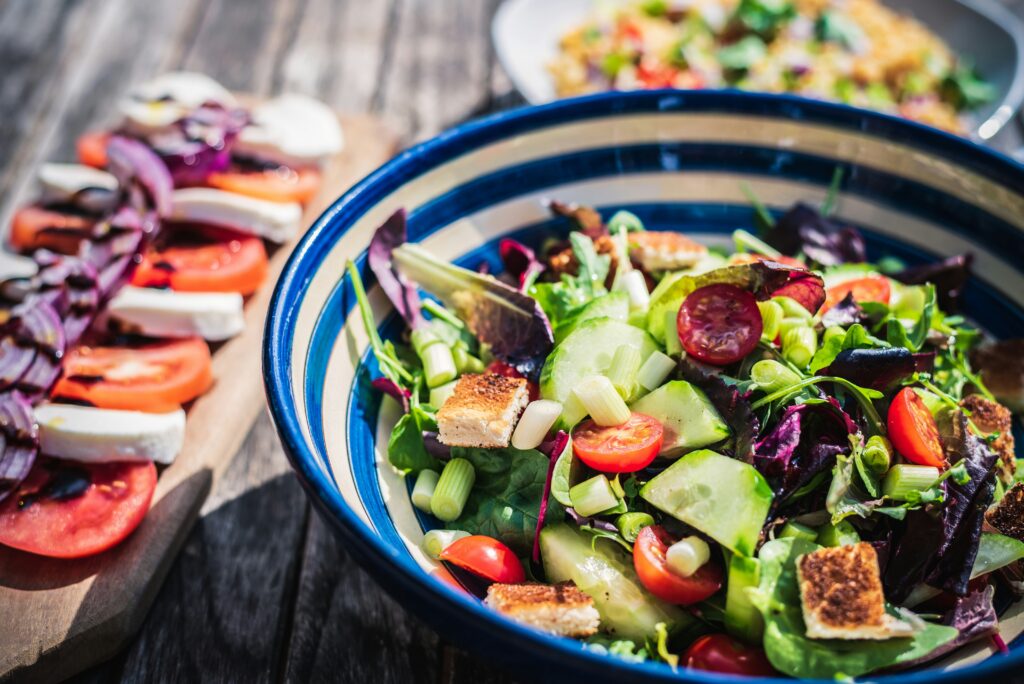
Being flexible is important. If your schedule is tight, prepare meals ahead or choose veggies over grains. For instance, try cauliflower rice in stir-fries.
The American Diabetes Association suggests focusing on veggies and drinking water. They say to avoid sugary drinks:
“Prioritize non-starchy vegetables and hydrate with water first.”
Keep checking your plan regularly. Update it weekly if your life changes. Small, steady changes in eating habits lead to lasting success.
Remember, a balanced diet is about progress, not being perfect. Need help? A registered dietitian can create a plan for you. Start small, stay consistent, and let your plan grow with you.
Meal Planning and Prep: Strategies for Success
Start your week with a clear plan. Meal planning makes chaos into control. It helps you follow Healthy Recipes and Clean Eating goals. These tips make grocery shopping and cooking easy.

Weekly Meal Planning Templates
Use a calendar-style template for breakfast, lunch, and dinner. Mix Nutrition Tips like whole grains with lean proteins. Try “Meatless Monday” or “Taco Tuesday” themes for variety.
Print templates online or use apps to track your progress.
Budget-Friendly Shopping Tips
- Choose seasonal produce to save money.
- Buy staples like canned beans and frozen veggies in bulk.
- Use sales flyers and digital coupons to save.
Time-Saving Techniques
Batch-cook grains and proteins on Sundays. Chop veggies and portion snacks for easy access. Freeze soups or stews for up to 3 months.
Use slow cookers or Instant Pots for simple Healthy Recipes.
Pair ingredients like roasted chicken with quinoa and veggies for quick lunches. Reuse leftovers in salads or frittatas. Stay flexible and swap recipes if needed!
Nutrient Dense Foods That Pack the Most Nutritional Punch
Nutrient dense foods are great for Healthy Eating without too many calories. They are full of vitamins, minerals, and fiber. They also have less added sugar and empty calories. Here are some top picks for your meals.
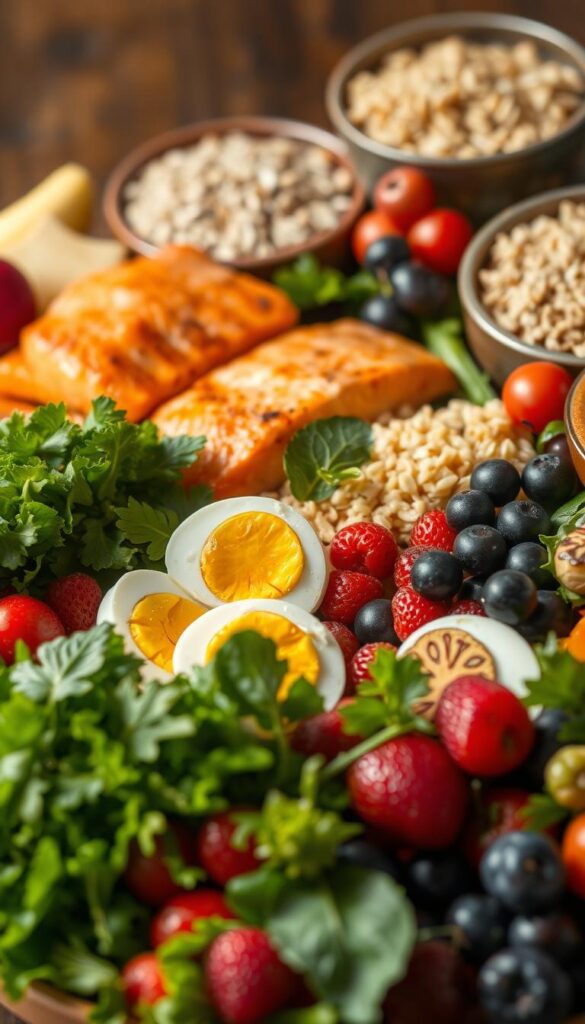
| Food | Key Nutrients | Health Benefits |
|---|---|---|
| Salmon | Omega-3s, vitamin D, selenium | Boosts heart and brain health |
| Spinach | Vitamins A, C, K; iron | Strengthens immunity and bones |
| Blueberries | Antioxidants, vitamins C and K | Supports heart health and memory |
| Almonds | Healthy fats, vitamin E, magnesium | Lowers cholesterol, aids digestion |
| Quinoa | Complete protein, fiber, iron | Manages blood sugar and energy levels |
- Add spinach to smoothies or omelets for a vitamin C boost.
- Swap chips for almonds—1/4 cup provides 6g protein and magnesium.
- Roast sweet potatoes for potassium and beta-carotene (vitamin A).
- Top yogurt with blueberries and nuts for a calcium-rich snack.
Pair Nutrient Dense Foods like beans and leafy greens with whole grains for balanced meals. A simple salad with salmon, spinach, and avocado covers omega-3s, fiber, and healthy fats—all dietitian-approved choices. Prioritize variety to avoid common nutrient gaps in the American diet, like potassium and fiber. Every bite counts when you choose foods that nourish without excess calories.
Transforming Your Eating Habits for Long-Term Wellness
Changing your Eating Habits for a Wellness Lifestyle begins with small steps. Start by making mindful choices and adopting Sustainable Habits. This will help you create a Balanced Diet that supports your health goals. Let’s look at how to keep these changes going.

Slow down and enjoy each bite. Mindful eating means:
- Pausing before meals to check if you’re hungry
- Chewing food well (20-30 chews per bite)
- Not using screens while eating
“Mindful eating helps your body listen to hunger signals,” says the National Institute of Diabetes and Digestive and Kidney Diseases (NIDDK). Studies show it can cut overeating by up to 30%.
Emotional eating hides stress or boredom. Try these tips:
- Keep a food journal to spot emotional triggers
- Swap snack cravings for a 10-minute walk or deep breathing
- Have healthy snacks ready to avoid bad choices
Small changes add up over time. Begin with these swaps for a Balanced Diet:
| Swap | With | Benefits |
|---|---|---|
| Sodas | Sparkling water with fresh fruit | Reduces added sugars by 90% |
| Regular chips | Air-popped popcorn | 40% fewer calories and 3x more fiber |
| Refined carbs | Quinoa or whole-grain pasta | Steadies energy and keeps you full longer |
Check your progress every week and celebrate your achievements. It’s all about making progress, not being perfect.
Special Dietary Considerations for Different Life Stages and Goals

Your body’s needs change as you grow and set wellness goals. Healthy Eating needs to change at every stage. This ensures you stay healthy and sharp.
- For children under 2: Follow pediatrician guidance as their diets differ from family meals. After age 2, gradually introduce balanced meals aligned with the Eatwell Guide.
- Pregnant individuals need 340–452 extra calories daily, prioritizing iron-rich foods and omega-3s to support fetal brain development.
- Elderly adults should aim for 1.0–1.2g of protein per kg of body weight daily. Seafood, legumes, and lean meats support muscle health, while vitamin D supplements (800 IU/day after 70) boost bone strength.
- Active adults may benefit from plant-based diets, which are dietitian approved for lowering heart disease risks. Focus on nutrient-dense foods like tofu, quinoa, and nuts.
Hydration is key for older adults. They often miss thirst signals. Drinking water during meals helps stay hydrated. For those managing chronic conditions like diabetes, a dietitian can tailor carb intake and meal timing.
Adolescents need iron and calcium for growth. Choose fortified cereals and leafy greens. Post-menopause, women may need extra calcium and vitamin D to prevent osteoporosis.
Wellness Lifestyle choices vary for everyone. A registered dietitian can help adapt your diet to fitness goals, medical needs, or life transitions. Small changes today lead to a lifetime of healthy habits.
Conclusion: Embracing Healthy Eating as a Lifestyle
Healthy Eating isn’t about strict rules. It’s about making a Wellness Lifestyle that suits you. Every food choice you make matters. Eating whole foods like veggies, lean proteins, and grains gives you energy and lowers disease risks.
Start with small changes, like choosing veggies over chips or cooking at home. These small steps lead to big changes over time.
Don’t aim for perfection. Focus on making progress. Meal planning and eating mindfully help you stay on track. Even small changes, like adding greens to breakfast or drinking more water, can make a big difference.
Begin today. Try one tip from this guide, like prepping veggies or trying new recipes. Each choice brings you closer to a healthy routine. Celebrate your efforts—healthy choices today mean a stronger tomorrow.
Your body and mind will flourish as you take this journey step by step.
FAQ
What is the definition of a balanced diet?
A balanced diet has many foods in the right amounts. It includes fruits, veggies, whole grains, lean proteins, and healthy fats. This mix gives you all the nutrients your body needs.
How can I start eating healthier?
Start by making small changes to your meals. Add more fruits and veggies. Choose whole grains and lean proteins. Remember, it’s about making progress, not being perfect.
Are there specific foods I should avoid?
Instead of avoiding foods, try to eat them in moderation. Focus on foods high in nutrients. This way, you enjoy all foods but eat healthier most of the time.
What are macronutrients and micronutrients?
Macronutrients are proteins, carbs, and fats. You need them in big amounts. Micronutrients like vitamins and minerals are needed in small amounts but are very important for your health.
How does nutrition affect mental health?
Nutrition affects your mental health a lot. Foods like omega-3s, complex carbs, and vitamins can boost your mood and brain function. They can even help you sleep better.
What is mindful eating, and how can it help?
Mindful eating means paying full attention to your food. Notice when you’re hungry or full. Enjoy each bite without distractions. It can make you feel fuller and help with digestion.
Can I maintain a budget while eating healthy?
Yes, you can eat healthy without spending a lot. Plan your meals, buy seasonal produce, and shop in bulk. Choose affordable, nutritious foods like beans and frozen veggies to save money.
Should I consult a dietitian?
Seeing a dietitian is a good idea. They can help if you have health concerns or need to improve your diet. They give advice that fits your health goals and needs.
How can I build sustainable healthy eating habits?
To build lasting habits, make small changes and set achievable goals. Be aware of what makes you choose unhealthy foods. Start with one or two changes and keep going. Small steps add up to big changes!

